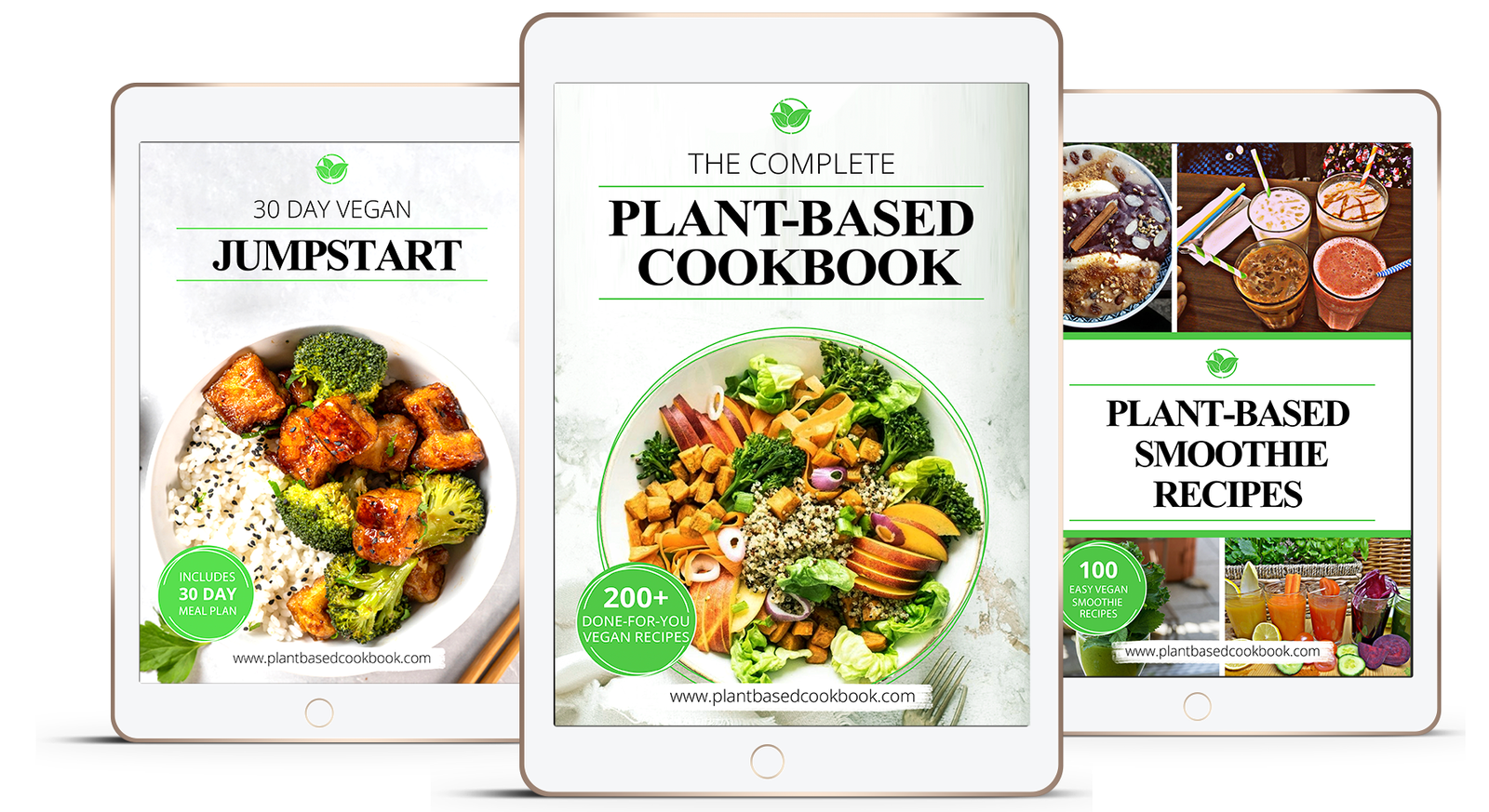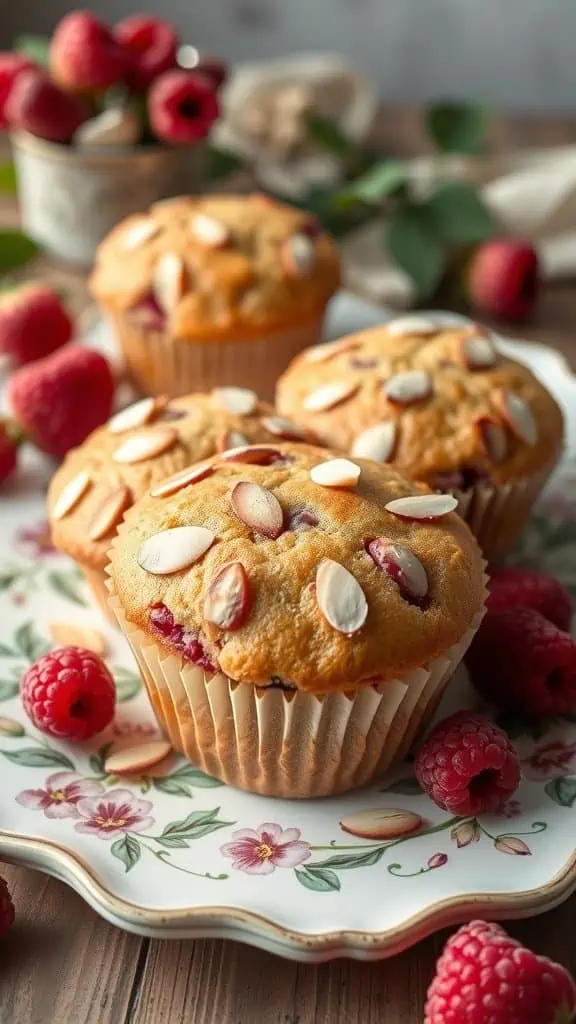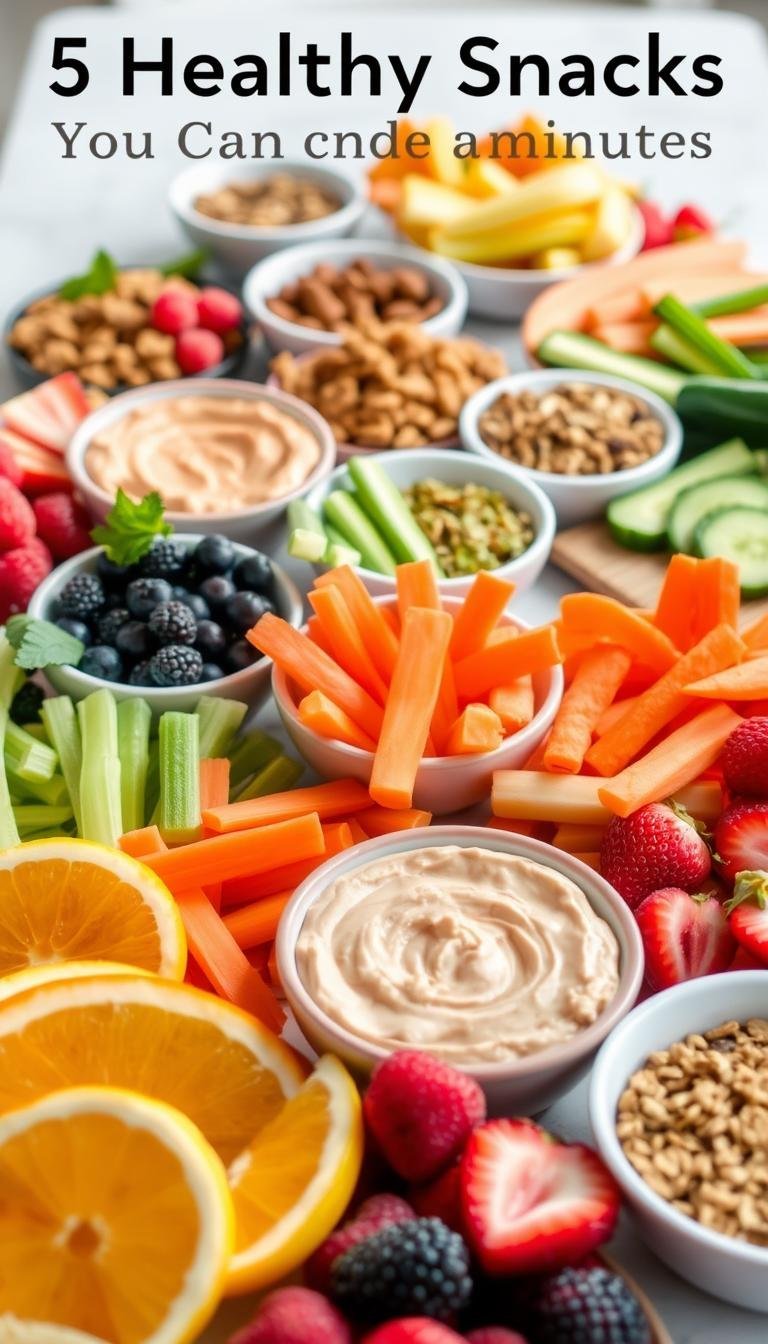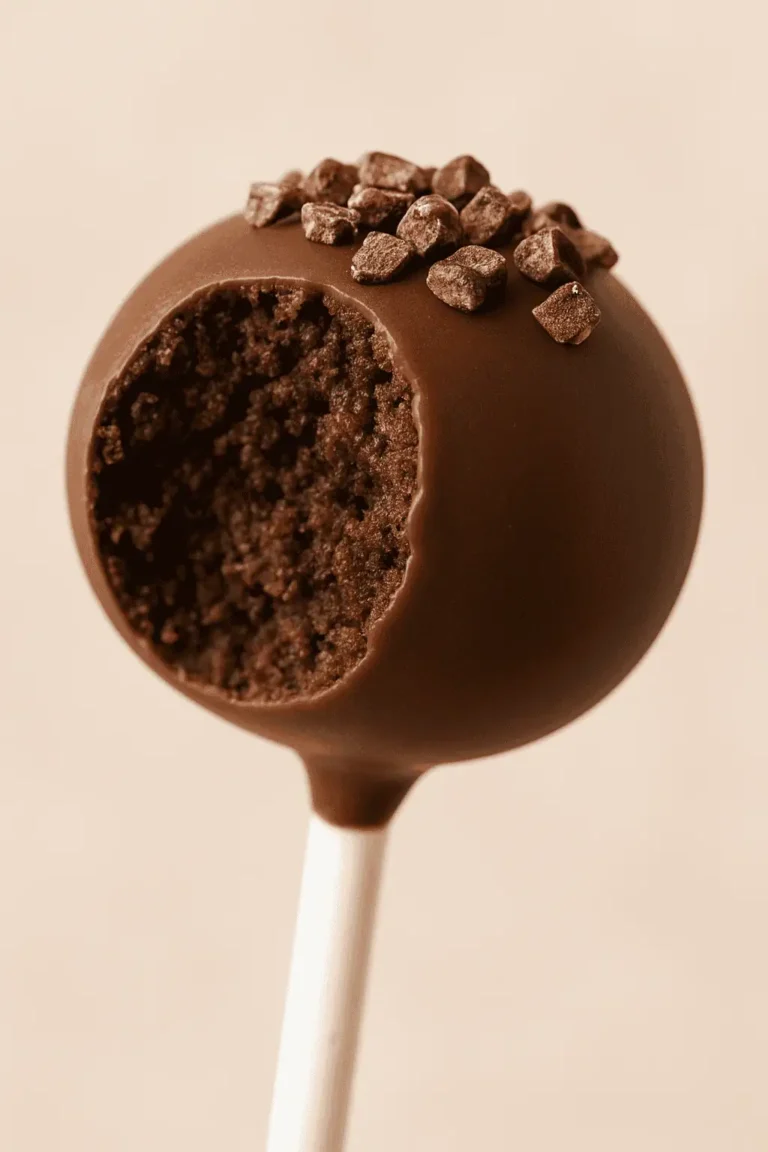(Hey! Some links in this post may be affiliate links — meaning I may earn a small commission if you buy through them, at no extra cost to you. As an Amazon Associate, I earn from qualifying purchases. I only share products I genuinely love and think you’ll find useful too. Read the full disclosure here).
As the new year comes, many of us want to make positive changes. One great way to start is by meal prepping. This guide will give you tips and strategies for a healthier new year through meal prep.
Meal prepping means planning, preparing, and portioning out meals ahead of time. It helps you have healthy, portioned meals ready. This makes it easier to stick to a healthy diet all year.
Contents
- 1 Understand the Benefits of Meal Prep
- 2 Set Realistic New Year Goals
- 3 Choose the Right Containers for Meal Prep
- 4 Plan Your Weekly Menu
- 5 Create a Comprehensive Grocery List
- 6 Cook in Bulk for Efficiency
- 7 Use Flavorful Herbs and Spices
- 8 Store and Reheat Meals Properly
- 9 Keep Snacks on Hand
- 10 Stay Consistent with Your Meal Prep Routine
- 11 FAQ
- 11.1 How can meal prepping help me achieve my health goals in the new year?
- 11.2 What are some realistic new year goals I should set for my meal prep routine?
- 11.3 What types of containers work best for meal prepping?
- 11.4 How can I incorporate variety into my weekly meal prep?
- 11.5 What are some tips for efficient batch cooking?
- 11.6 How can I keep my meal prep meals flavorful and satisfying?
- 11.7 How can I ensure my meal prep meals stay fresh and safe?
- 11.8 What are some healthy snack ideas to have on hand for my meal prep routine?
- 11.9 How can I stay consistent with my meal prep routine throughout the year?
Key Takeaways
- Learn the benefits of meal prepping for a healthier new year
- Set realistic goals and track your progress towards a healthier lifestyle
- Discover the right meal prep containers and portion control techniques
- Plan your weekly menu and create a comprehensive grocery list
- Explore efficient meal-batching techniques and food storage methods
Understand the Benefits of Meal Prep
Meal prepping can change your life for the better. It saves you time-saving kitchen hacks and helps you eat healthier all week. Let’s look at why meal prep is great for your health.
Save Time and Money
Meal prepping makes your week easier. It cuts down on grocery shopping, cooking, and cleanup time. You get more time for fun or important tasks.
It also saves you money. Planning meals means less food waste and fewer impulse buys. This can save you a lot each month.
Improve Nutritional Choices
Meal prepping lets you control what you eat. You can choose nutritious recipe ideas that fit your diet. This way, you eat better and stay healthy.
It also stops you from grabbing unhealthy food when you’re busy. With time-saving kitchen hacks at hand, you make better choices. This boosts your health and well-being.
“Meal prepping is a practical and effective way to maintain a healthy lifestyle. It can save you time, money, and help you make more nutritious choices throughout the week.”
Set Realistic New Year Goals
Starting your healthy eating goals for the new year? It’s key to aim for goals you can really do and keep up with. Having the right mix of short-term and long-term goals will keep you motivated. This way, you can develop good eating habits.
Short-term vs. Long-term Goals
For meal prep and nutrition goals, mix short-term and long-term targets. Short-term goals, like planning meals for the week, give you quick wins. Long-term goals, like losing weight or improving health, give you a big goal to aim for.
Tracking Your Progress
Keeping an eye on how you’re doing is crucial. Try a food journal or fitness app to track your meals and workouts. This helps you see patterns, celebrate wins, and make changes when needed. Remember, progress is not always straight, so be patient and kind to yourself.
“The journey of a thousand miles begins with a single step.” – Lao Tzu
By setting realistic goals and tracking your progress, you can make lasting changes. Enjoy the journey, celebrate small victories, and be open to changing your approach. With planning and determination, 2023 can be your year for mindful eating.
Choose the Right Containers for Meal Prep
Choosing the right food storage containers is key in meal prep. Glass and plastic containers each have their own benefits. They affect how long and well your meals stay fresh. Let’s look at what makes each material good for portion control.
Glass vs. Plastic: What’s Best?
Glass containers are popular for their durability and eco-friendliness. They keep food fresh longer because they’re non-porous. Plus, they’re easy to clean and reuse.
Plastic containers, on the other hand, are light, shatterproof, and cheaper. They’re great for meals you need to take on the go.
Portion Control Made Easy
The right containers make portion control simple. Look for ones with dividers or separate parts. This makes it easy to portion out your meals.
It also helps prevent food waste. By keeping ingredients separate, they stay fresh longer.
Investing in quality, portion-friendly containers can greatly improve your meal prep. It’s a small step towards better health.
“The key to successful meal prep is having the right tools and containers to make it easy and efficient.”
Plan Your Weekly Menu
Creating a weekly meal plan is a smart way to eat healthier. By meal planning strategies, you can make sure your meals are both nutritious recipe ideas and varied. This variety keeps your meals interesting and your body well-fed.
Incorporating Variety into Meals
Staying the same with meals can lead to boredom. To avoid this, mix up your meals with different proteins, veggies, grains, and fats. This makes eating more fun and ensures you get all the nutrients you need.
Seasonal Ingredients to Consider
- Use seasonal produce to get better flavors and save money. For example, add fresh tomatoes, zucchini, and berries to your meals in summer.
- In winter, try sweet potatoes and carrots to warm up your dishes.
- Try new herbs and spices to add flavor without extra salt or sugar.
Plan your meals with seasonal, nutritious recipe ideas in mind. This way, you’ll enjoy your meals more and support your health goals.
“Variety is the spice of life, and the same is true for a healthy diet. Embrace seasonal produce and experiment with new flavors to keep your meal prep routine exciting and rewarding.”
Create a Comprehensive Grocery List
Making a good grocery list is key to meal prep success. Plan ahead and pick out the budget-friendly ingredients and pantry staples. This way, your shopping trips will be quick and match your healthy eating resolutions.
Essentials for Healthy Cooking
Begin by making a list of basic ingredients for your meal prep. You might need:
- Lean proteins like chicken, fish, or tofu
- Fresh fruits and vegetables
- Whole grains such as brown rice, quinoa, or whole wheat bread
- Healthy fats like avocado, nuts, and olive oil
- Low-fat dairy products or plant-based alternatives
- Herbs and spices to add flavor without extra calories
Avoiding Impulse Buys
It’s easy to get sidetracked and buy things not on your list. But, it’s important to avoid impulse purchases. They can mess up your meal prep and budget. Before you go shopping, check your recipes and make sure your list has everything you need.
“The key to sticking to a budget-friendly grocery list is to plan ahead and stick to your list, even when tempting treats catch your eye.”
By sticking to this plan, you’ll be on your way to a cost-effective and healthy meal prep routine. It will help you keep your healthy eating resolutions.
Cook in Bulk for Efficiency
Batch cooking can change your meal prep game, saving you time and effort. It lets you cook big batches of healthy meals. This way, you can make your kitchen work easier and enjoy time-saving kitchen hacks all week.
Meal-Batching Techniques
Learn how batch cooking techniques can make your life simpler. Here are some tips to start:
- Cook in large batches: Double or triple your favorite recipes to have plenty of food ready.
- Prepare components in advance: Chop veggies, cook grains, and marinate proteins early for easy meals.
- Freeze with care: Portion and freeze meals or ingredients to keep them fresh and cut down on waste.
Safety Precautions to Consider
When cooking in bulk, food safety is key to keep your meals healthy. Follow these tips:
- Proper temperature control: Keep cooking and cooling temperatures safe to stop bacteria growth.
- Labeling and dating: Clearly label and date your prepped items to track freshness.
- Reheating with care: Reheat batched meals well to kill any bacteria.
By using batch cooking techniques and following safety steps, you’ll discover time-saving kitchen hacks. These will transform your meal prep journey.
“Batch cooking is a game-changer for busy individuals. It allows you to enjoy the convenience of ready-to-go meals while ensuring the nutritional value and quality of your food.”
Use Flavorful Herbs and Spices
Adding flavor to your meal prep doesn’t mean more calories. Herbs and spices can make your dishes taste better without extra calories. Let’s look at some popular ones to try and see how they can change your meals.
Enhancing Taste Without Extra Calories
Herbs and spices are great for adding depth to your food. They can make your dishes taste amazing without unhealthy additives. Try basil, rosemary, ginger, and cumin to take your meals on a flavor journey.
Popular Herbs to Experiment With
- Basil: Add a sweet, peppery taste to pasta, salads, and grilled meats with fresh basil.
- Cilantro: Give Mexican dishes, soups, and marinades a refreshing, citrusy flavor with cilantro.
- Thyme: This herb is earthy and minty, perfect for roasted veggies, poultry, and stews.
- Rosemary: Its woodsy aroma adds a unique, comforting taste to many dishes.
Try these herbs and others to mix up your meal prep flavors. Your taste buds will thank you.
“The secret of good cooking is not just the recipe, but the spices you use.”
– Emeril Lagasse
Store and Reheat Meals Properly
Storing and reheating meals right is key to keeping them fresh and tasty. By using the best ways to store and reheat, your meals will stay delicious all week. This makes your kitchen hacks even more valuable.
Best Practices for Refrigeration
Keeping meals cold is essential. Store them at 40°F or below to stop bacteria growth. Use containers that don’t leak to keep food fresh and prevent contamination. Also, label each container with the meal’s name and date.
Freezing meals is a great option for longer storage. Wrap them well to avoid freezer burn. Frozen meals can last 3-4 months at 0°F or below.
Reheating Tips for Quality
- Don’t microwave meals as it can dry them out. Use the oven or stovetop for better results.
- Before reheating, add a bit of water or sauce to keep the food moist.
- Reheat slowly at a low temperature, stirring often, until it’s hot all the way through.
Learning these storage and reheating tips will help you enjoy meal prep all week. You’ll save time, money, and have healthy, tasty meals ready whenever you need them.
“Proper storage and reheating are the keys to preserving the quality and taste of your meal-prepped dishes.”
Keep Snacks on Hand
Healthy living doesn’t mean you can’t snack. Adding nutritious recipes and portion control can help manage hunger. Having healthy snacks ready can curb cravings and support your health goals.
Healthy Snack Ideas
- Fresh fruits like apples, bananas, or berries
- Crunchy vegetables like carrots, celery, or bell peppers
- Greek yogurt with a sprinkle of granola
- Hard-boiled eggs
- Nut butter and whole-grain crackers
- Roasted chickpeas or edamame
Smart Pairing Suggestions
Pairing snacks can boost their nutrition. Try apple slices with peanut butter for fiber, protein, and fats. Or, dip carrot sticks in hummus for a filling snack.
“Snacking can be a healthy part of your meal prep routine, as long as you choose nutritious options and practice portion control.”
With the right snacks and portion control, your snacking can support your wellness goals all year.
Stay Consistent with Your Meal Prep Routine
Keeping up with a meal prep routine is key to lasting success. By creating a weekly schedule and staying motivated, you can make healthy eating a lifelong habit.
Building a Weekly Schedule
Choosing specific days and times for meal prep helps you stay on track. It could be a few hours on Sunday or some time each evening. Find a routine that fits your life.
Try different schedules until you find one that works. And don’t be afraid to change it if needed.
Staying Motivated Through the Year
Staying consistent can be tough, especially with unexpected challenges or old habits tempting you. Celebrate your successes and be gentle with yourself when things get tough.
Surround yourself with people who support you. And don’t be shy about trying new recipes or resources to keep your journey exciting.
FAQ
How can meal prepping help me achieve my health goals in the new year?
Meal prepping can help you reach your health goals in many ways. It saves time and money. It also helps you make better food choices and stick to portion sizes.
What are some realistic new year goals I should set for my meal prep routine?
Setting goals for meal prep is important. Start with short-term goals like making a few meals a week. Long-term goals can be about better nutrition or weight loss. Make sure your goals are clear and track your progress well.
What types of containers work best for meal prepping?
Both glass and plastic containers are good for meal prep. Glass is durable and keeps food fresh. Plastic is light and leakproof. Choose based on what you need for portion control and storage.
How can I incorporate variety into my weekly meal prep?
To keep your meals interesting, try new things. Use seasonal ingredients and different cooking methods. A varied menu with proteins, veggies, and grains makes meals better and healthier.
What are some tips for efficient batch cooking?
Batch cooking saves time. Choose recipes that cook well in large batches. Follow safety rules and use slow cookers or Instant Pots. This makes cooking easier and faster.
How can I keep my meal prep meals flavorful and satisfying?
Use herbs and spices to add flavor without extra calories. Try different herbs and spice blends. This keeps your meals exciting and healthy.
How can I ensure my meal prep meals stay fresh and safe?
Proper storage and reheating are key. Follow safe food storage and reheating tips. This keeps your meals fresh and safe to eat.
What are some healthy snack ideas to have on hand for my meal prep routine?
Healthy snacks help you stay on track. Try fruits, veggies, nuts, yogurt, or whole-grain crackers with hummus. Add protein or healthy fats for a balanced snack.
How can I stay consistent with my meal prep routine throughout the year?
Consistency is key for lasting success. Create a schedule and be flexible. Stay motivated by tracking progress and celebrating small wins. Being consistent and flexible helps meal prep stick.










